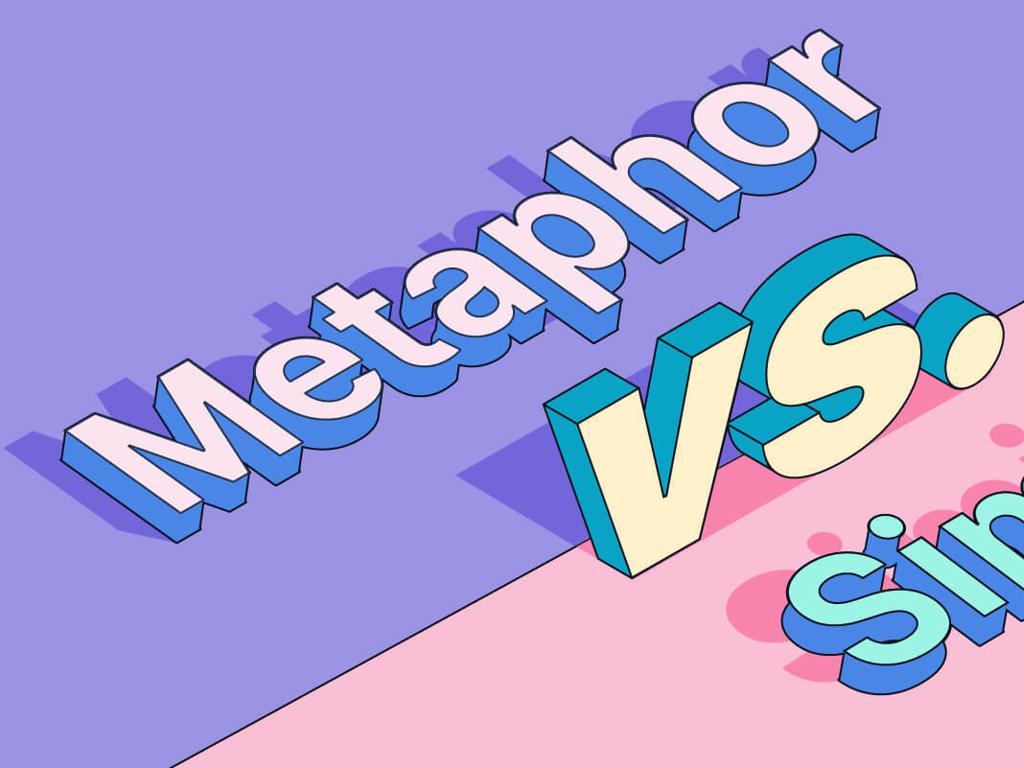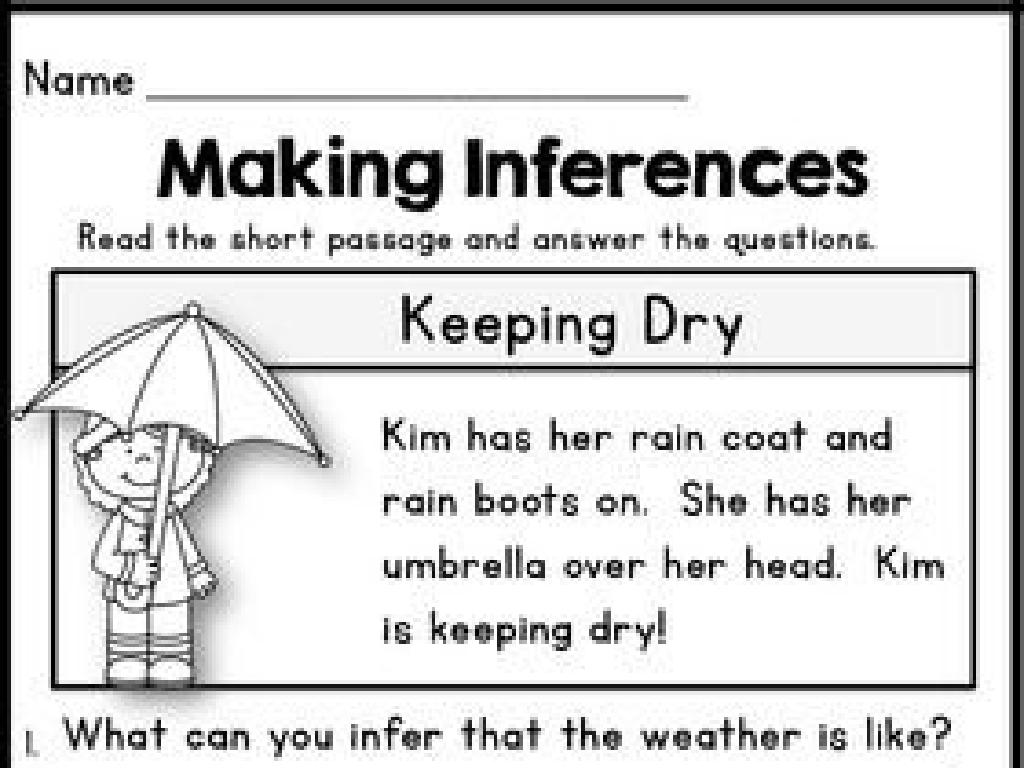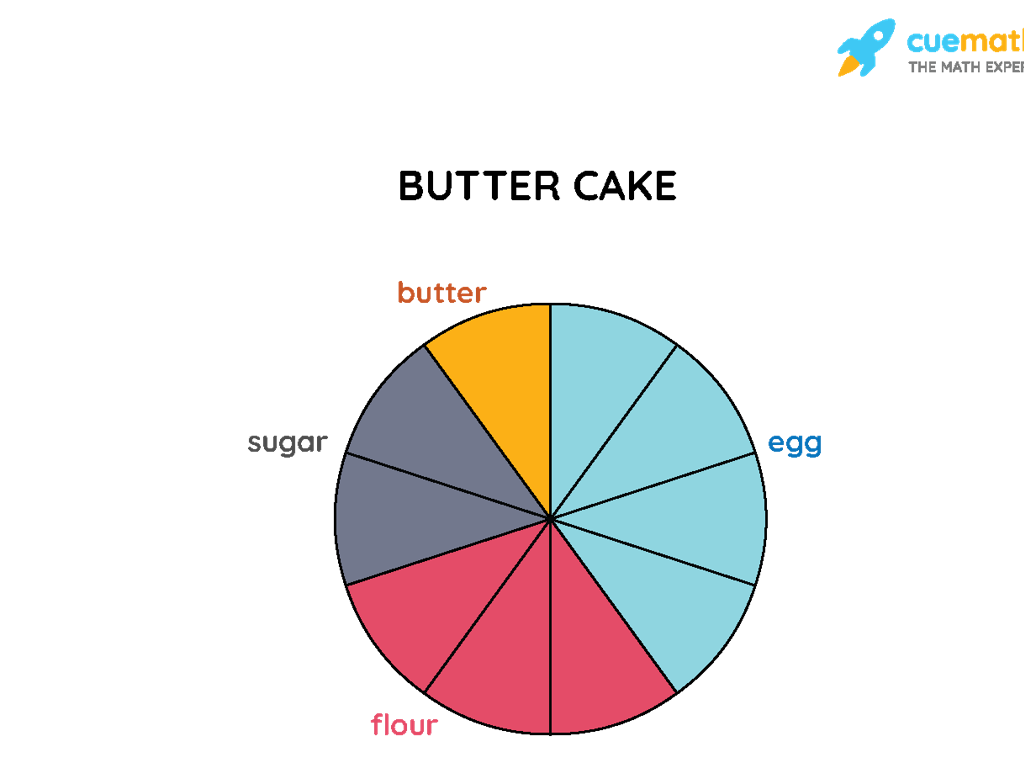Analogies: Challenge
Subject: Language arts
Grade: Sixth grade
Topic: Analogies
Please LOG IN to download the presentation. Access is available to registered users only.
View More Content
Diving Deeper into Analogies
– What are analogies?
– Analogies compare two things that are alike in some way, e.g., ‘Fish is to water as bird is to air.’
– The value of analogies
– They enhance vocabulary and comprehension.
– Today’s challenge: Complex analogies
– We’ll tackle harder analogies that make you think!
– Strategies for solving
– Use relationships between words to solve analogies.
|
This slide introduces students to the concept of analogies, emphasizing their importance in language arts. Analogies are a critical thinking tool that help students understand the relationship between different concepts by comparing them to something familiar. Today’s lesson will focus on challenging analogies that require deeper thinking and understanding. Encourage students to look for the relationship between the words in the analogy, such as part to whole, function, or degree of intensity. Provide strategies for identifying these relationships and applying them to solve complex analogies. This will not only improve their vocabulary but also their ability to make connections and comprehend more advanced texts.
Exploring Analogies
– Analogy: A comparison
– It’s like comparing apples to oranges to find likeness
– Shows similarity between differences
– Like finding what’s common between cats and dogs
– Example: Fish and water
– Fish lives in water as bird lives in air
– Analogy helps in understanding
– It makes complex ideas simpler
|
An analogy is a powerful language tool used to explain or highlight the similarity between two different things by drawing a comparison. When teaching analogies, it’s crucial to illustrate how they help us understand and describe the relationship between things that might not seem related at first glance. Use the example ‘Fish is to water as bird is to air’ to show how analogies work. This example compares the natural habitats of fish and birds, emphasizing the idea of ‘necessary environment’. Encourage students to think of their own analogies, focusing on the relationships and connections between different objects or concepts.
Exploring Types of Analogies
– Synonym Analogies
– Words with similar meanings: happy is to joyful as sad is to unhappy
– Antonym Analogies
– Words with opposite meanings: hot is to cold as high is to low
– Part to Whole Analogies
– Words that are part of others: wheel is to car as petal is to flower
|
This slide introduces students to different types of analogies, which are comparisons that show relationships between words. Synonym analogies compare words with similar meanings, helping students expand their vocabulary. Antonym analogies focus on words with opposite meanings, which can enhance understanding of word relationships. Part to Whole analogies look at the relationship between a component and the larger item it belongs to, aiding in comprehension of complex structures. Encourage students to create their own examples of each type of analogy for practice.
Building Blocks of Analogies
– Analogies: Pairs of connected words
– ‘Bridge’ connects word pairs
– The ‘bridge’ is the reasoning that links them together
– Comprehending relationships is crucial
– Like puzzle pieces, see how one relates to the other
– Practice with diverse examples
– Use examples like ‘up is to down as hot is to cold’
|
This slide introduces the fundamental concept of analogies, emphasizing the importance of the connection or ‘bridge’ between word pairs. Students should understand that analogies are a comparison showing a relationship between two things. It’s essential to grasp the type of relationship, whether it’s function, degree, or opposition, among others. Encourage students to practice by identifying the relationship in various analogies and creating their own. Provide clear examples and guide them through the thought process of determining the ‘bridge’ in each case. This foundational understanding will aid them in solving more complex analogies in the future.
Challenging Analogies: Deep Thinking
– Analogies need deeper thought
– May involve uncommon words
– Example: ‘Cacophony : Sound :: Reek : Smell’
– ‘Cacophony’ means harsh sound, ‘reek’ means strong smell
– Understand and create your own
– Use new vocabulary to make analogies
|
Challenging analogies push students to think critically and understand relationships between concepts that are not immediately obvious. They often include vocabulary that students may not be familiar with, which provides an excellent opportunity to expand their lexicon. For example, ‘cacophony’ is to ‘sound’ as ‘reek’ is to ‘smell’ demonstrates an analogy using less common words to compare the intensity and unpleasantness of sounds and smells. Encourage students to look beyond the surface and consider the deeper meaning of words and their relationships. Have students practice by creating their own analogies using new vocabulary they have learned.
Strategies for Solving Analogies
– Identify relationship in first pair
– Determine how the two words are connected.
– Apply relationship to second pair
– Use the same logic for the next word pair.
– Eliminate unfit choices
– Cross out options that don’t match the pattern.
|
When solving analogies, the key is to understand the relationship between the words in the first pair. This could be synonyms, antonyms, part to whole, etc. Once the relationship is clear, apply the same reasoning to the second pair of words. If multiple choices are given, eliminate those that do not share the same relationship. Encourage students to practice with different types of analogies and to explain their reasoning for each step. This will not only help them with analogy questions but also enhance their critical thinking and vocabulary skills.
Practice Time: Exploring Analogies
– Let’s solve analogy puzzles
– Examine relationships in pairs
– Look for patterns between the words
– Discuss your answers with a partner
– Explain why you think you’re correct
– Share your reasoning and listen to theirs
|
This slide is designed to engage students in a collaborative learning activity focused on analogies. Start by explaining that an analogy is a comparison between two things that are alike in some way. Encourage students to look for the relationship between the first pair of words and then apply that same relationship to complete the second pair. Students should work in pairs to discuss their thought process and reasoning behind their answers. This peer interaction will help them understand different perspectives and reinforce their learning. As a teacher, facilitate the discussion by walking around the classroom, listening to the students’ conversations, and providing guidance where necessary. Prepare to offer examples if students are struggling and praise correct reasoning to build confidence.
Class Activity: Crafting and Solving Analogies
– Create your own analogies
– Swap with a classmate to solve
– Discuss the analogies in pairs
– Think about how the two pairs of words are related
– Share the best ones with the class
– We’ll select a few to present to everyone
|
This activity is designed to engage students with the concept of analogies by having them create and solve analogies themselves. It encourages creativity and critical thinking. Students should aim to create analogies that are challenging but solvable, using relationships they’ve learned about. After swapping with a classmate, they’ll have the opportunity to discuss the reasoning behind their answers. This peer interaction helps reinforce their understanding. Conclude the activity by having students share some of the most creative and challenging analogies with the class, fostering a collaborative learning environment. For the teacher: Prepare to guide students who may struggle with creating or solving analogies, and be ready to provide examples to stimulate thinking.
Wrapping Up Analogies & Homework Challenge
– Review analogy concepts
– Homework: Find 5 challenging analogies
– Look in books or search online for unique comparisons
– Write down each analogy’s context
– Note where and how each analogy is used
– Prepare for class discussion
– Think about what the analogies imply and be ready to explain
|
As we conclude our lesson on analogies, it’s important for students to reflect on what they’ve learned. For homework, they should seek out five analogies that challenge them, which will help reinforce their understanding. Encourage them to look beyond the obvious and find analogies that make them think about the relationships between the compared elements. They should write down the context in which each analogy is used, as this can affect its meaning. In the next class, we’ll have a discussion where students will share their analogies and insights, allowing them to learn from each other’s findings and interpretations. This activity will not only deepen their comprehension of analogies but also enhance their critical thinking skills.






